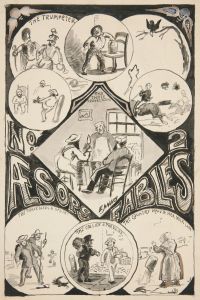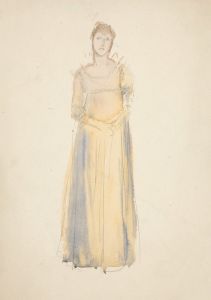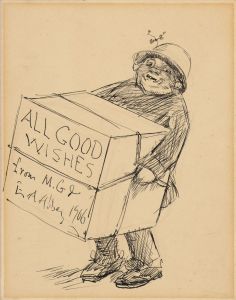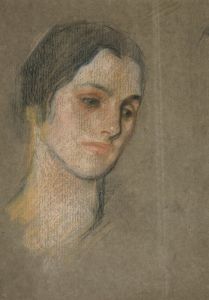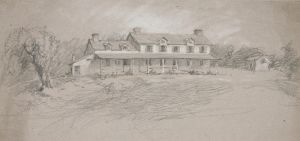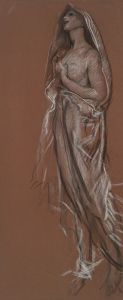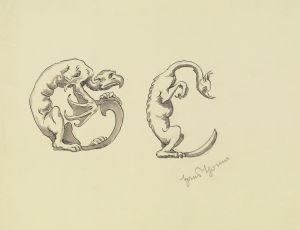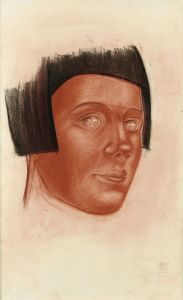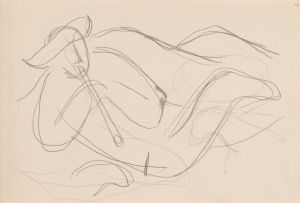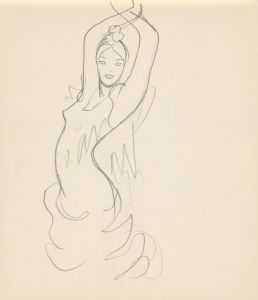
Sketch of a hand
A hand-painted replica of Edwin Austin Abbey’s masterpiece Sketch of a hand, meticulously crafted by professional artists to capture the true essence of the original. Each piece is created with museum-quality canvas and rare mineral pigments, carefully painted by experienced artists with delicate brushstrokes and rich, layered colors to perfectly recreate the texture of the original artwork. Unlike machine-printed reproductions, this hand-painted version brings the painting to life, infused with the artist’s emotions and skill in every stroke. Whether for personal collection or home decoration, it instantly elevates the artistic atmosphere of any space.
Edwin Austin Abbey was an American artist known for his illustrations and paintings, particularly those depicting Shakespearean and Victorian subjects. Born in 1852 in Philadelphia, Abbey showed an early interest in art and went on to study at the Pennsylvania Academy of the Fine Arts. He began his career as an illustrator, contributing to magazines such as Harper's Weekly, where he gained significant recognition for his detailed and historically accurate illustrations.
One of Abbey's notable works is the "Sketch of a Hand," which, while not as famous as his larger paintings or illustrations, showcases his skill in capturing the intricacies of human anatomy. This sketch exemplifies Abbey's attention to detail and his ability to convey texture and form with minimal lines. Such sketches were often part of an artist's study process, helping them understand the subject better before committing to a larger composition.
Abbey's work was heavily influenced by his time in England, where he moved in 1878. The rich artistic culture of the country and its historical architecture provided him with ample inspiration. Abbey became associated with the Pre-Raphaelite Brotherhood, a group of English painters, poets, and critics founded in 1848, which aimed to return to the detail, intense colors, and complex compositions of Quattrocento Italian art. Although Abbey was not a formal member, the influence of the Pre-Raphaelites is evident in his meticulous approach to detail and historical accuracy.
In addition to his sketches and illustrations, Abbey is renowned for his murals and large-scale paintings. One of his most significant commissions was the series of murals for the Boston Public Library, depicting the Quest for the Holy Grail. This project, which took over a decade to complete, is a testament to Abbey's dedication to his craft and his ability to work on a grand scale.
Abbey's contribution to art extends beyond his own creations. He was a member of the Royal Academy of Arts in London and the National Academy of Design in New York. His work has been exhibited widely, and he has influenced many artists through his detailed and narrative-driven style.
The "Sketch of a Hand" by Edwin Austin Abbey, while perhaps a smaller piece in his oeuvre, reflects the foundational skills that underpinned his larger works. It serves as an example of the artist's commitment to understanding and portraying the human form with precision and care. Abbey's legacy is preserved through his numerous works that continue to be studied and admired for their historical significance and artistic merit.







